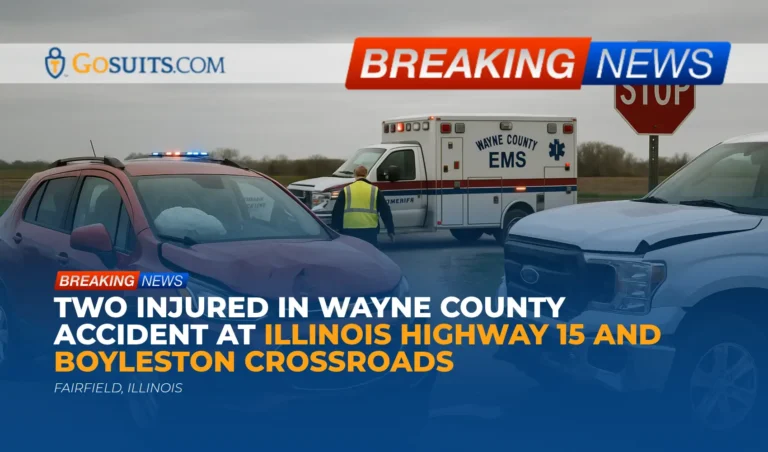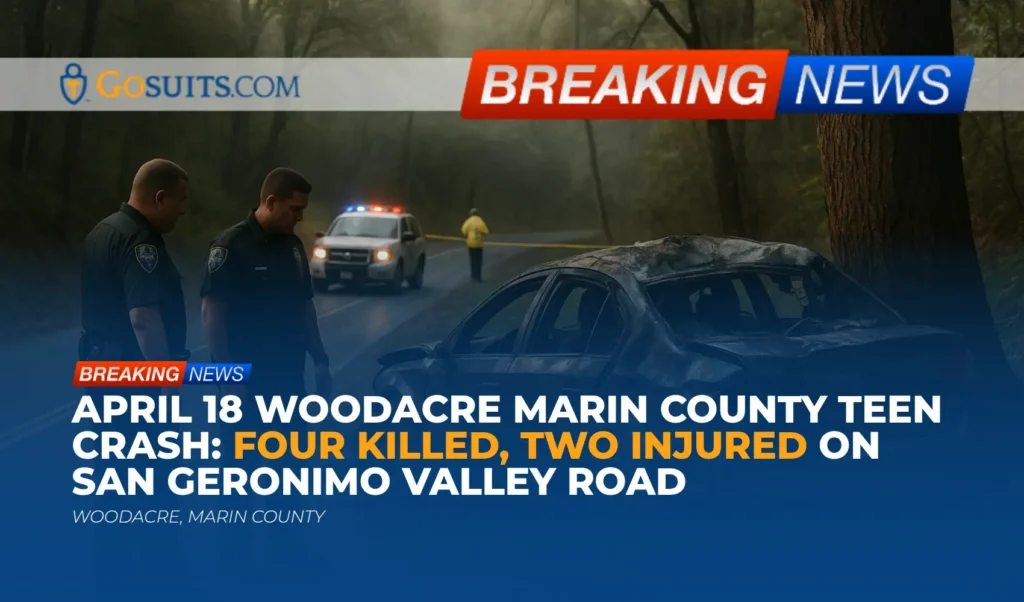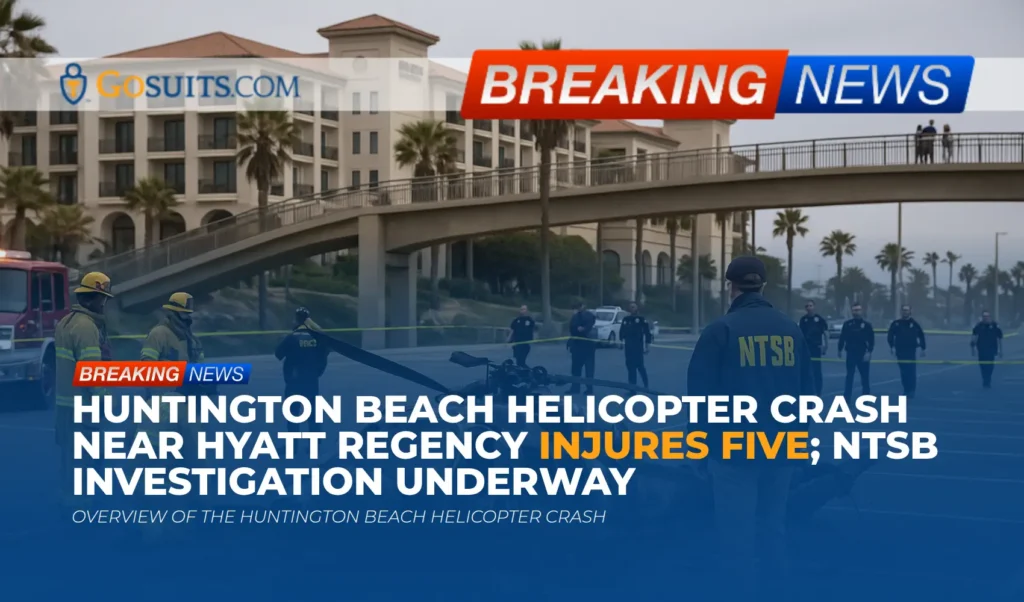On Saturday afternoon, a two-vehicle accident occurred at the intersection of Illinois Highway 15 and Boyleston Crossroads, west of Fairfield, Illinois. The Wayne County Sheriff’s Department and EMS personnel responded to the scene at approximately 12:30 PM.
According to reports, a 2025 Chevrolet Trax, driven by a 66-year-old McLeansboro resident, was traveling westbound on Illinois Highway 15. A 2022 Ford truck, operated by a 29-year-old Harrisburg resident, was proceeding northbound through the intersection. Authorities indicate that the driver of the truck allegedly failed to stop, resulting in a collision with the Chevrolet Trax.
The driver of the Chevrolet Trax and a 68-year-old passenger were injured and transported by Wayne County Ambulance to Fairfield Memorial Hospital ER for treatment. The driver of the Ford truck reportedly refused medical treatment at the scene. The Wayne County Sheriff’s Department cited the driver of the Ford truck for allegedly failing to obey a stop sign.
Understanding Negligence and Liability in Intersection Accidents
Intersection accidents are a common occurrence, often stemming from driver error. In this case, the citation issued for allegedly failing to obey a stop sign highlights a potential instance of negligence. Negligence, in a legal context, refers to a failure to exercise the care that a reasonably prudent person would exercise under similar circumstances.
When a driver fails to obey traffic laws, such as stopping at a stop sign, and that failure directly leads to an accident causing injury, that driver may be held liable for the resulting damages. These damages can include medical expenses, lost wages, property damage, and pain and suffering.
The Importance of Determining Fault
Establishing fault is crucial in personal injury cases arising from car accidents. Law enforcement investigations, like the one conducted by the Wayne County Sheriff’s Department, play a vital role in gathering evidence and determining the sequence of events that led to the collision. Police reports, witness statements, and physical evidence from the scene all contribute to understanding how the accident occurred and who may be responsible.
However, the issuance of a citation is not the final determinant of civil liability. Even with a citation, further investigation may be necessary to fully understand all contributing factors and assess the extent of damages.
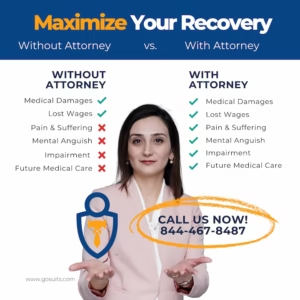
Protecting Your Rights After a Car Accident
If you or a loved one has been injured in a car accident, it’s essential to understand your rights and options. Here are some general considerations:
- Seek Medical Attention: Your health and well-being should always be the top priority. Prompt medical evaluation is essential not only for your recovery but also to document the extent of your injuries.
- Document Everything: Keep detailed records of all medical treatments, expenses, lost wages, and any other losses resulting from the accident.
- Consult with a Personal Injury Attorney: A seasoned attorney can provide guidance on your legal rights, help you navigate the claims process, and advocate for your best interests.
Intersection Safety: A Shared Responsibility
This accident serves as a reminder of the importance of safe driving practices, especially at intersections. Drivers should always be vigilant, obey traffic laws, and exercise caution when approaching and navigating intersections. Maintaining awareness and avoiding distractions can significantly reduce the risk of collisions and protect the safety of all road users.
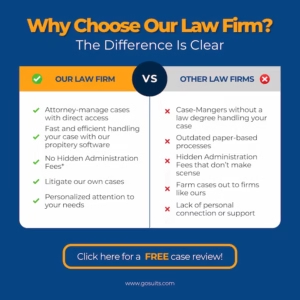
Commentary from Gosuits Fairfield, Illinois Personal Injury Attorney
The details emerging from this collision in Wayne County underscore the potential consequences of failing to adhere to traffic regulations. While we cannot comment on the specifics of this ongoing situation, it’s important to remember that those injured in accidents caused by another’s alleged negligence have the right to explore all available legal avenues for recourse. A thorough investigation, gathering all relevant facts, is paramount to understanding the full scope of the incident.
